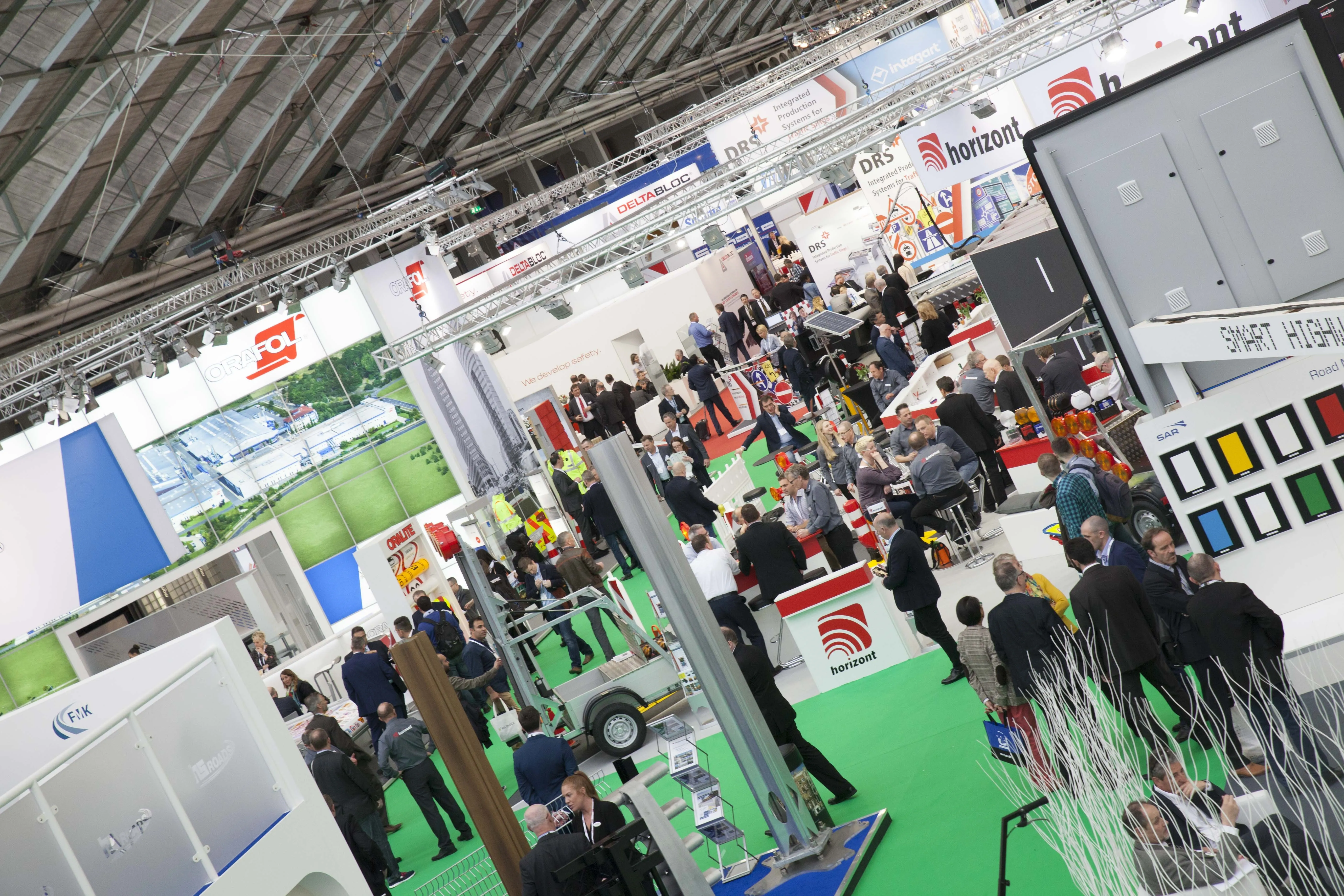French road-building company Charier has introduced the SolarRoad kit (SRK) on a newly-laid cycle path in Etampes, France, that uses two SRK elements to convert sunlight to electricity and provide lighting for a roundabout. The installation helps Charier meet sustainability objectives within the framework of the Paris Agreement.
October 16, 2017
Read time: 1 min
French road-building company Charier has introduced the SolarRoad kit (SRK) on a newly-laid cycle path in Etampes, France, that uses two SRK elements to convert sunlight to electricity and provide lighting for a roundabout. The installation helps Charier meet sustainability objectives within the framework of the Paris Agreement.
The SRK has four elements of 2.5 x 3.5 meters and delivers approximately 3,500 kwh per year, which according to Solaroad, is enough energy to power an average household for one year. The technology can be applied to a business park, courtyard, square, bike path or a footpath. It can provide energy for lighting, illuminating a shop window, heating, Wi-Fi access points or, as now in Groningen, a charging point for e-bikes or mobile phones.








